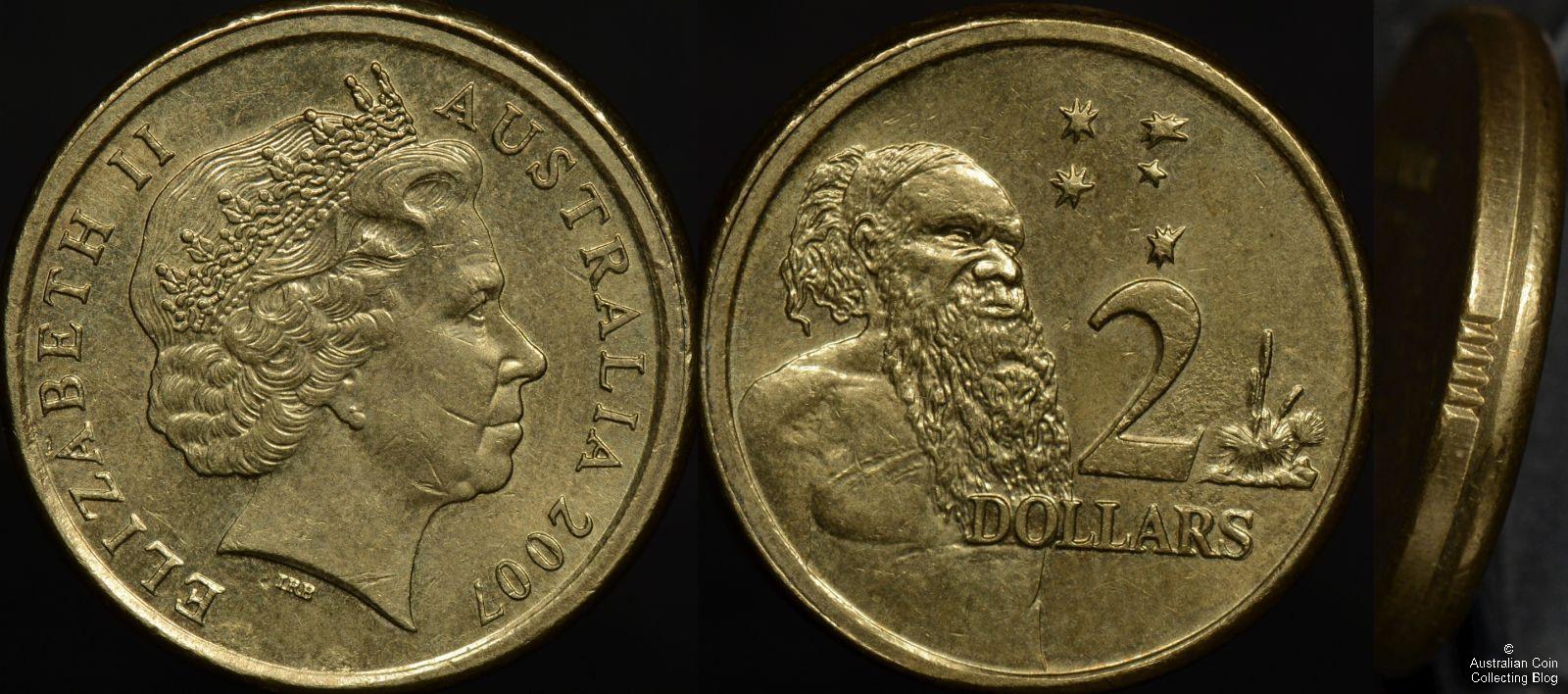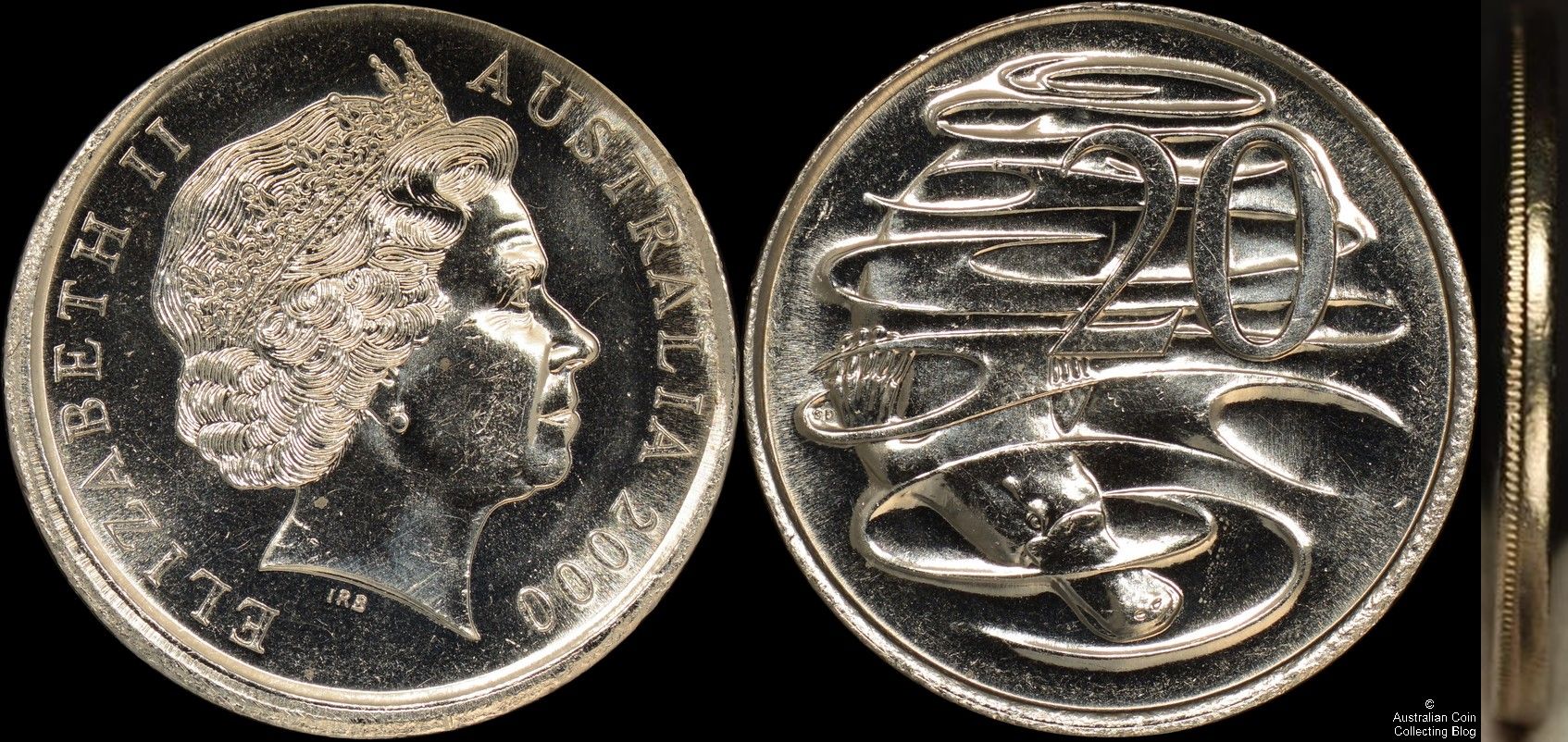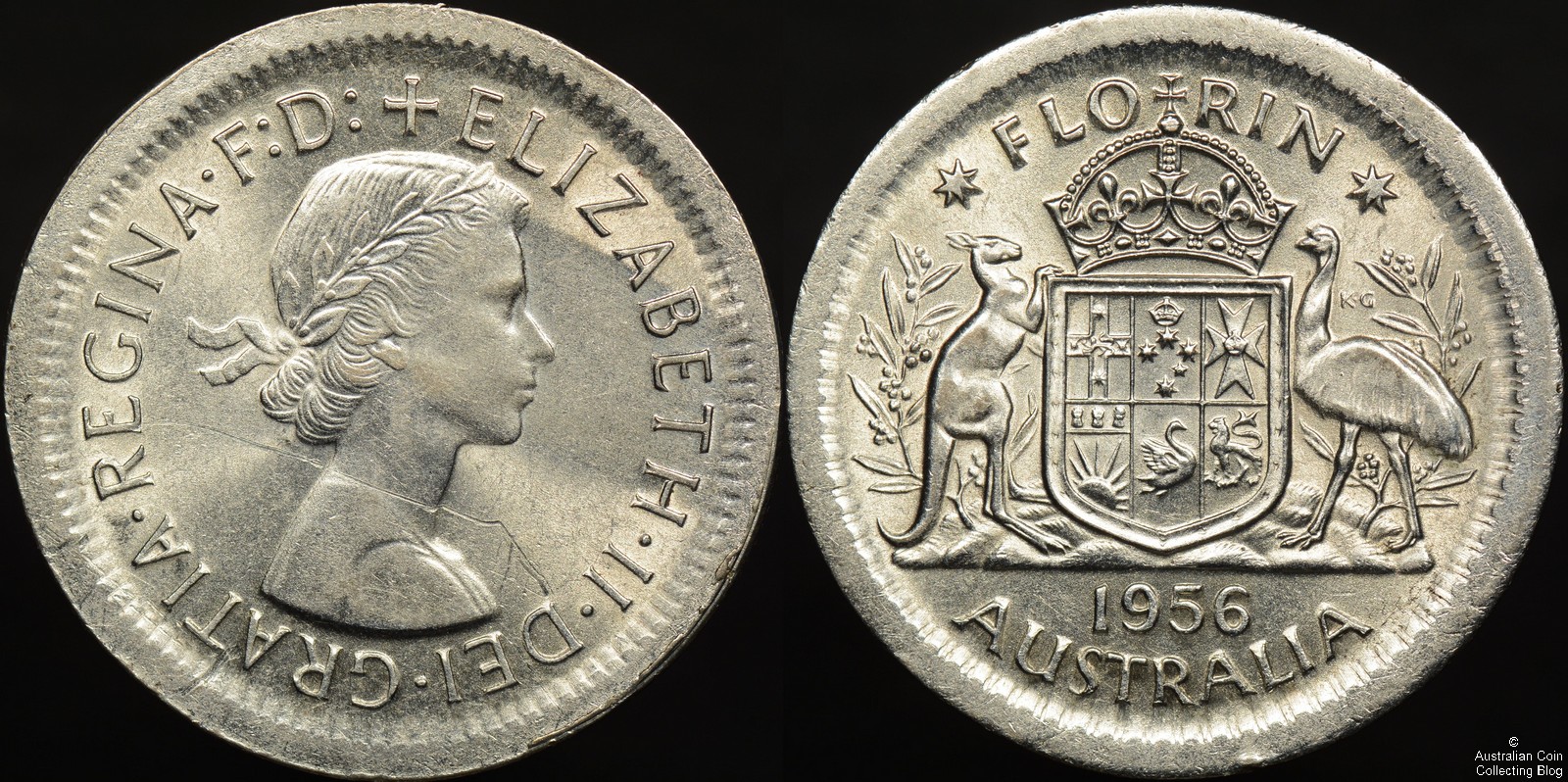There are 3 different dies that strike a coin blank to make a coin. The obverse (heads) side, the reverse (tails) side and the collar die. The reverse die usually on the bottom is recessed below the collar. The collar die may seem insignificant but it is extremely important part of getting the strike correct and centered on the coin. The collar die holds the planchet so the two other dies can strike and effect the design on the coin precisely. The collar die also adds edge milling or reeding to some coins.
Occasionally during striking the blank doesn’t fall correctly into place. If there is a malfunction of the press particularly with the collar die or how the coin is held in place by the collar then you can end up with a whole range of errors or effects.
Straight Partial Collar
A straight partial collar occurs when the coin planchet falls into the chamber to be struck but is squarely disengaged from the collar die. The coin blank isn’t sitting correctly in the chamber so when it is struck the result is a semi struck edge but the same all the way around the coin edge.
Tilted Partial Collar
A tilted partial collar occurs the same as the straight partial collar but the coin is only partially out of the collar. This results in a line around the outside edge of the coin but this is on an angle possibly higher on one side than the other. This can often result in a slightly higher edge on one side of the coin which may also give the impression or a double or extended rim on the coin. This is quite often confused with a mule coin. You can refresh your memory on what a real mule coin is in our post about the $1/10c mule. For a coin with milling on its edge it is easy to see the effect of the collar only being partially engaged. A coin with a plain edge is slightly different. It may show signs of a “railroad” rim which resembles an edge like railroad track.
Out of Collar
Affectionately termed the “pancake” this coin resembles a coin that looks as if it has been flattened in a press. If this was the case then the designs would be flattened also. You can imagine the coin being fed into the chamber but that crucial third collar die not engaging, the resulting strike pressure would force the metal outwards and if not contained by the collar would result in an out of collar strike. This coin would have a wider diameter than a standard coin.




